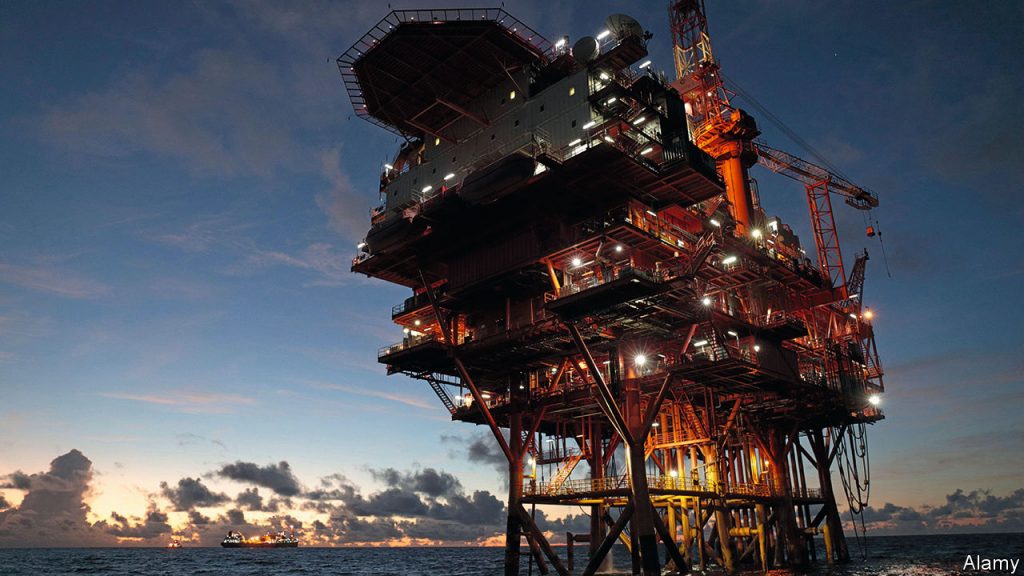The raw-materials market may seem calm, but crises across the globe could shake things up at any moment. Between Russia pounding Kyiv and Western sanctions decimating Arctic LNG 2 to the Red Sea being threatened by drone attacks and protests in Libya halting oil production, the commodities market is a volatile place. Not to mention the severe drought in the Amazon that could disrupt maize shipments from Brazil, the world’s biggest exporter of the grain. It’s not all doom and gloom though, the Bloomberg Commodity index, which covers raw-material prices, fell by over 10% in 2023 and oil prices have dropped by 12% over the past quarter.
Despite these threats, markets have managed to adapt to the challenges. The supply response to elevated prices has helped to make the world more shockproof today. Increased production from countries outside OPEC+ was sufficient to cover the rise in global demand for oil, pushing OPEC+ to cut its output by 2.2 million barrels per day. This led to a surplus in the final quarter, yet it’s predicted that in the first four months of 2024 there will be an average oversupply of 550,000 b/d. Investors are relaxed because supply levels for many commodities look better than they have since the late 2010s.
Gas-storage levels in Europe are at around 90% of capacity and are expected to remain close to 70% full by the end of March. Ample stocks present the opportunity for lower gas prices, which will also incentivize more coal-to-gas switching in power generation. Meanwhile, a surge in production in China and India is keeping coal prices down.
Lithium, nickel, and cobalt supply is booming, which is dampening green-metal prices. Increased planting of grains and soybeans and clement weather are prompting pundits to project record output in 2024-25.
Despite the great supply, we’re not entirely in the clear. A sustained economic rebound, freakish weather, and military conflicts could still disrupt the market. Freakish weather, for instance, could significantly affect markets, causing Europe to use an extra 30bn cubic metres of gas. Naval tit-for-tats in the Black Sea could jolt prices, and war involving Iran and other Gulf states could cause chaos due to the potential for terrifyingly high prices.
The commodities market is on shaky ground, and it would take something extreme to blindside it completely. On the upside, though, a sharp economic rebound may bolster commodity prices if the global pace of growth remains slow and inflation ebbs. Ultimately, the market remains unpredictable, and we can never say for sure what the future holds.
If you enjoyed this story, you can listen to more audio and podcasts on iOS or Android. And for more expert analysis of the biggest stories in economics, finance, and markets, you can sign up to Money Talks, our weekly subscriber-only newsletter. Stay informed and stay ahead of the challenges that the commodities market presents!
Source link















